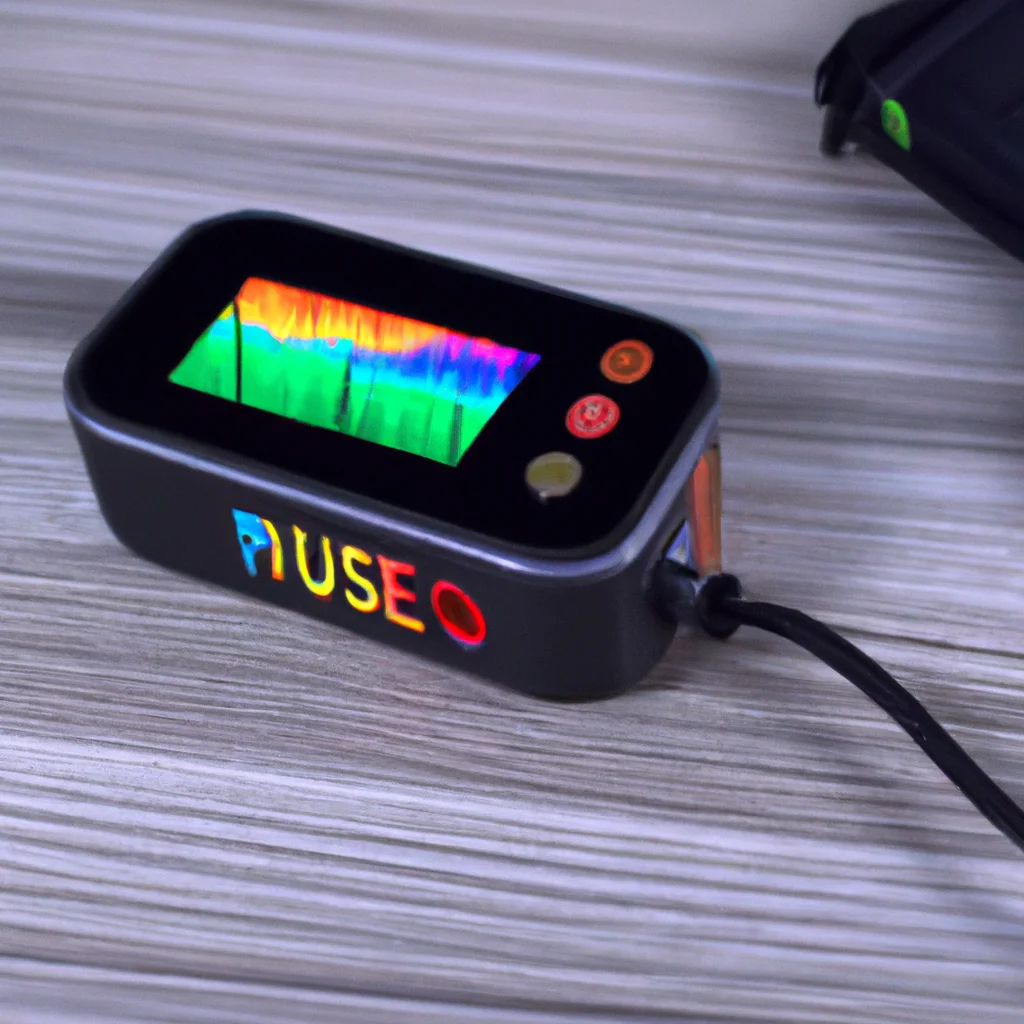How does a pulse oximeter work?


How does a pulse oximeter work?
Pulse oximeters are a medical device that is commonly used to measure the oxygen saturation levels in the blood of patients. This device is used to monitor the respiratory health of patients, particularly those with chronic respiratory conditions such as COPD or asthma. This article will explore the working principle of pulse oximeters and how they measure oxygen saturation in the blood.
How Does a Pulse Oximeter Work?
The pulse oximeter is a non-invasive medical device that works by shining a light through a patient’s skin to measure the oxygen saturation levels in their blood. The device is typically worn on the finger, but it can also be placed on other parts of the body, such as the earlobe or toe.
The pulse oximeter works by using a technique called pulse oximetry. This technique involves measuring the amount of light that is absorbed by the patient’s blood. Oxygenated blood absorbs light differently than deoxygenated blood, and this is the principle behind pulse oximetry.
When the pulse oximeter is placed on a patient’s finger, it emits two types of light: red light and infrared light. These two types of light are absorbed differently by oxygenated and deoxygenated blood. The pulse oximeter measures the amount of light that passes through the patient’s finger and calculates the oxygen saturation level in their blood.
The pulse oximeter calculates the oxygen saturation level in the patient’s blood by measuring the ratio of red light to infrared light that passes through the finger. Oxygenated blood absorbs more infrared light and less red light, while deoxygenated blood absorbs more red light and less infrared light. By measuring the ratio of these two types of light, the pulse oximeter can calculate the oxygen saturation level in the patient’s blood.
The pulse oximeter displays the oxygen saturation level as a percentage, known as the SpO2 measurement. The SpO2 measurement is an important indicator of the patient’s respiratory health, particularly in patients with chronic respiratory conditions such as COPD or asthma.
Accuracy of Pulse Oximeters
Pulse oximetry is a reliable and accurate way to measure oxygen saturation levels in the blood. However, there are some factors that can affect the accuracy of pulse oximeters. Some of these factors include:
– Movement: If the patient moves their finger or the pulse oximeter during the measurement, this can affect the accuracy of the reading.
– Nail polish: Some types of nail polish can interfere with the light absorption through the finger, affecting the accuracy of the measurement.
– Skin pigmentation: Patients with dark skin may have lower readings on pulse oximeters, as the device may have difficulty penetrating the skin to reach the blood vessels.
It is important to note that while pulse oximeters are generally accurate, they should not be used as the sole indicator of a patient’s respiratory health. Other factors, such as the patient’s respiratory rate and overall health, should also be taken into consideration when monitoring respiratory health.
Conclusion
In conclusion, pulse oximeters are a non-invasive medical device that is used to measure the oxygen saturation levels in the blood of patients. This device works by shining light through the patient’s finger and measuring the ratio of red light to infrared light that passes through the finger. The pulse oximeter then calculates the oxygen saturation level in the patient’s blood and displays it as a percentage on the device. While pulse oximeters are generally accurate, other factors should also be taken into consideration when monitoring a patient’s respiratory health.
Recent Posts
How do I create an engaging and informative online quiz or assessment?
Creating an engaging and informative online quiz or assessment can be a powerful tool for… Read More
What are the most effective methods for managing and reducing work-related stress in the hospitality industry?
Work-related stress is a common issue in the hospitality industry, where employees often face long… Read More
How can I improve my assertiveness and communication skills in a leadership position?
In a leadership position, assertiveness and effective communication skills are crucial for success. Being able… Read More
What are the key elements of a successful employee recognition and rewards program?
Employee recognition and rewards programs play a crucial role in motivating and engaging employees, as… Read More
How do I effectively manage and respond to customer feedback and reviews?
Customer feedback and online reviews play a crucial role in shaping a company's reputation and… Read More
What are the best strategies for effective time management as a stay-at-home parent?
Effective time management is crucial for stay-at-home parents who juggle multiple responsibilities on a daily… Read More